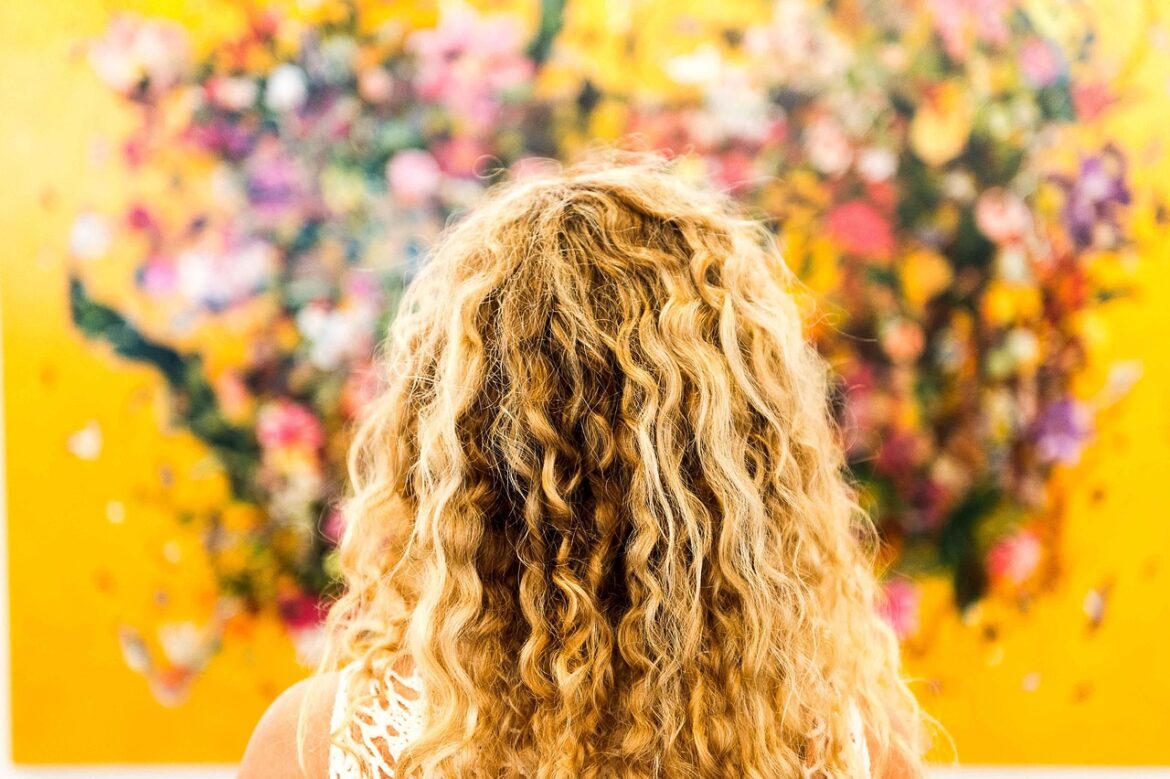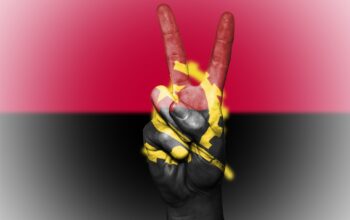Introduction
Imagine walking into a gallery filled with vibrant art pieces, only to find that the very foundation supporting these creative expressions is under threat. This is the reality for many artists and cultural institutions today, as recent developments in arts administration bring about both challenges and opportunities. Let’s dive into some of the key stories shaping the arts landscape in 2025.
Trend 1: Trump Administration’s Impact on Arts Funding
The Trump administration has been making significant changes to arts funding, targeting organizations like the National Endowment for the Arts (NEA) and the Institute of Museum and Library Services (IMLS). These cuts not only affect the financial stability of cultural institutions but also influence their ability to promote diversity, equity, and inclusion initiatives. As a result, artists and institutions are forced to reevaluate their partnerships and strategies.
Key Points:
- Funding Cuts: Targeting NEA, IMLS, and public broadcasting.
- Impact on DEI Initiatives: Restrictions on diversity, equity, and inclusion programs.
- Lawsuits and Challenges: Elon Musk’s Department of Government Efficiency at the center of sweeping changes.
Trend 2: Staff Reductions at the GSA Art Collection
The General Services Administration (GSA) oversees a vast collection of public art across the United States. However, recent staff reductions have left this collection vulnerable. The GSA went from having a team of 30 to just about 10, making it nearly impossible to monitor and maintain the 26,000 public works of art scattered throughout federal offices and private institutions.
Key Points:
- Staff Cuts: From 30 to about 10 staff members.
- Collection Size: 26,000 public works of art.
- Location: Across all 50 states, Puerto Rico, and the Virgin Islands.
Trend 3: Legal Battles Over the IMLS
A recent court ruling allowed the Trump administration to proceed with dismantling the Institute of Museum and Library Services. This decision has significant implications for libraries and museums, which rely heavily on IMLS funding. Despite some grants being reinstated, the overall direction points towards a more challenging future for these institutions.
Key Points:
- Court Ruling: Allows dismantling efforts to continue.
- Impact on Libraries and Museums: Potential loss of funding and services.
- Reinstatement of Some Grants: A cautious optimism amidst broader challenges.
Trend 4: Art in the Age of Political Interference
As politics increasingly intersects with art, cultural institutions face new challenges. This includes navigating through the political landscape to maintain their integrity and independence. The rise of political interference can lead to censorship and restrictions on artistic expression, affecting both local and international artists.
Key Points:
- Political Interference: Increasing impact on cultural institutions.
- Censorship and Restrictions: Threats to artistic freedom.
- International Implications: Global artists and institutions are affected.
Trend 5: Emerging Opportunities for Artists
Despite the challenges, 2025 also brings new opportunities for artists. Grants and residencies continue to support creative endeavors, offering a lifeline for those impacted by the current administration’s policies. These opportunities serve as a reminder that even in difficult times, there is always space for innovation and artistic expression.
Key Points:
- Artist Grants: Opportunities like the ArtFund.ME Quarterly Grant.
- Residencies and Competitions: Platforms for artists to showcase and develop their work.
- International Open Calls: Global opportunities for artists, photographers, and fashion professionals.
Conclusion
As we navigate the complex world of arts administration in 2025, it’s clear that challenges and opportunities coexist. While funding cuts and political interference pose significant hurdles, emerging grants and international opportunities provide a platform for artists to thrive. The future of art is fluid, reflecting the dynamic interplay between policy, culture, and creativity.
References:
- https://www.artsjournal.com
- https://www.theartnewspaper.com
- https://www.artworkarchive.com/call-for-entry/complete-guide-to-2025-artist-grants-opportunities
- https://news.artnet.com/art-world/trump-arts-impact-2639197
- https://www.artsy.net/news
- https://www.ala.org/news/2025/06/court-allows-trump-administration-proceed-efforts-destroy-institute-museum-and-library
- https://news.ufl.edu
- https://www.artbasel.com/stories/marc-glimcher-postwar-art-art-basel



